Free Tropical Runtz seeds on orders over $150!
The Farnesene terpene is not the most prevalent terpene discovered in cannabis strain profiles, but it is present in a significant proportion of them. It has a tremendous synergistic impact with other terpenes and flavonoids, making all positive benefits of the chemicals in the cannabis strain more intense. Also, some new hybrid weed seeds have substantially larger quantities of this chemical.
Terpenes are the most numerous naturally occurring compounds, with approximately 30,000 found in nature so far. They are responsible for the distinct aromas of particular plants since they are volatile aromatic chemicals. They support the distinct aromas of oranges, pine trees, hops, rosemary, and, of course, cannabis. Terpenes are classified as secondary metabolites since they do not participate in plant development or reproduction, but they serve critical defense tasks. These compounds help repel pests, insects, and herbivores while protecting plants from UV radiation. Some terpenes also function as plant-to-plant signaling molecules, assisting in the stimulation of neighboring kin’s immune systems.
There are over 150 terpenes in cannabis. Terpenes and terpenoids are the two primary categories of these compounds. Terpenes are pure hydrocarbons (consisting simply of hydrogen and carbon), whereas terpenoids contain different functional groups. Terpenoids are all terpenes; however, terpenes are not all terpenoids. Terpenes are built up of isoprene units, which are subunits. The quantity of isoprene units in a terpene influences its chemical classification. Hemiterpenes are single isoprene units that contain five carbon atoms; monoterpenes are two isoprene units that include ten carbon atoms; diterpenes are four isoprene units that contain twenty carbon atoms, and so on.
Farnesene, like other terpenes found in cannabis, comes in a variety of forms. The word encompasses six unique chemical entities, including α-farnesene and β-farnesene. These molecules have the same number of atoms of each element as isomers, but they are organized differently. In this instance, the only difference between α-farnesene and β-farnesene is the placement of one double carbon link. These compounds are both sesquiterpenes, which means they have three isoprene units and 15 carbon atoms.

According to research, farnesene protects against some insects, notably aphids. These tiny creatures create and employ terpenes as a warning signal to warn each other about approaching predators. Farnesene’s aroma not only repels aphids but also attracts predatory insects attracted to this aroma. Here are the two common types of farnesene terpene in cannabis plants:
Despite the familiarity of the terms and the fact that this isomer belongs to the farnesene group, they must be considered the same since slight differences in a compound’s name and chemical bonds can greatly impact its properties. In the same way, each of farnesene’s isomers and stereoisomers arises differently. Alpha-farnesene is most typically associated with the aroma and cosmetics industries, and it is generally generated industrially and synthetically.
The kind of farnesene most usually associated with cannabis enthusiasts is beta-farnesene or trans-beta-farnesene. It may be found in the skin of a green apple and a variety of plants. It is a feature of some cannabis strains to which it transfers all of its qualities.
Farnesene is found in high concentrations in the skin of green apples and contributes to the fresh, fruity aroma that permeates the air after biting into one. Farnesene-rich cannabis strains generate mild but perceptible aromas of apples and other fruits. Also, farnesene contributes to the diverse aromas of various plants such as turmeric, hops, ginger, cedarwood, sandalwood, and grapefruit.
One of the most notable advantages of farnesene is that it functions as a natural insect repellant for the plant. Farnesene also has the following advantages:
Farnesene is found in only a few strains, and even then, the quantity is minimal in comparison to other prevalent terpenes. Here are some cultivars to consider if you’re seeking cannabis strains high in farnesene:
Farnesene is one of the less well-known and understudied terpenes. However, researchers have discovered enough data to support a variety of uses and applications for this excellent organic chemical. Farnesene can be used in a variety of applications, including as a feedstock for the chemical transformation of various substances in the industrial manufacturing of a wide range of goods.
This is mostly because farnesene is a renewable building component for the market you wish to establish. Its molecular structure distinguishes it as a scaffold for specialized chemical applications. Farnesene can also be used as a performance material, adhesive, surfactant, stabilizer, emulsifier, cosmetic oil, polymer, and crop protection.
Modern vaporizers include adjustable temperature settings, with many permitting modifications in 1°C increments. This allows users to target the boiling points of certain phytochemicals, such as cannabinoids and terpenes. The flexibility to modify each shot delivers a more personalized experience than hitting joints or bongs (although many cannabis lovers still prefer these older methods). When it comes to farnesene, you must set your device to at least 124°C. At this temperature, beta-caryophyllene will also be vaporized.
The entourage effect is well-known among cannabis enthusiasts. This idea proposes that numerous components of cannabis, not simply cannabinoids, interact together to generate the distinct effects of each cultivar. No studies have been done to evaluate the synergistic effects of farnesene with other cannabinoids, terpenes, and cannabis phytochemicals. Several terpenes and cannabinoids exhibit an entourage effect. As additional study is conducted, it may be discovered that farnesene helps to enhance the qualities of other cannabis components.
The endocannabinoid system (ECS) is a biological system consisting of a complex network of endocannabinoid receptors that send signals to cells. While much remains unknown about the ECS, experts say that it is always active and may interact with phytocannabinoids found in plants. Farnesene is not a cannabinoid, and so it is not known to operate directly on ECS receptors. Farnesene, like other terpenes, may support the viability and utility of cannabinoids when introduced into the ECS.
Farnesene is a long-chain, branching hydrocarbon molecule that scientists have discovered can be utilized as a component in biofuel manufacturing. Lubricants, bio-polymers, and resins are also made from this sesquiterpene. Nonetheless, the actual bio-jet generation needs to be stated, and according to the SGAB standards, it still needs to be deemed an advanced biofuel.Farnesene, like many other sesquiterpenes, is valued in both nature and the human body. While this terpene isn’t the most common, the farnesene impacts are worth learning about. Farnesene receives little attention right now, but you may anticipate hearing more about it in the future. High concentrations of this chemical are found in newly popular F1 hybrid strains, and new studies on its potential clinical application are attracting cannabis users looking for a more comprehensive experience.
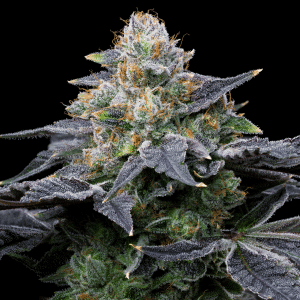
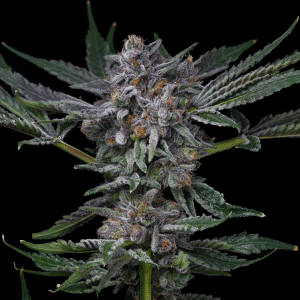
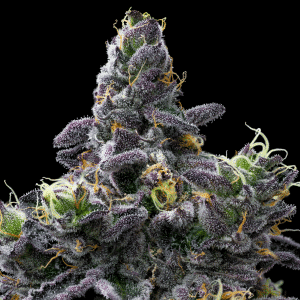
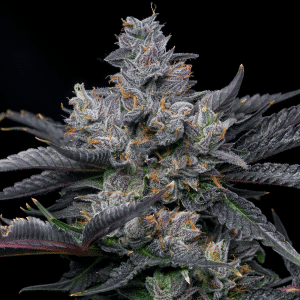
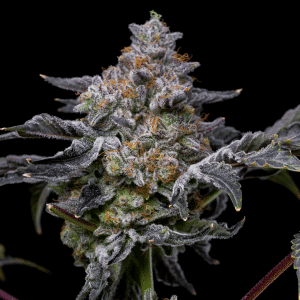
Offers
This product is not for use by or sale to persons under the age of 18. This product should be used only as directed on the label. It should not be used if you are pregnant or nursing. Consult with a physician before use if you have a serious medical condition or use prescription medications. A doctor’s advice should be sought before using any hemp products. All trademarks and copyrights are property of their respective owners and not affiliated with nor do they endorse this product. These statements have not been evaluated by the FDA. This product is not intended to diagnose, treat, cure or prevent any disease. By using this site you agree to follow the Privacy Policy and all Terms & Conditions printed on this site. All products contain less than 0.3% Cannabinoid-compliant with applicable Federal Laws. Please make yourself aware of any and all applicable laws regarding hemp in your jurisdiction. Premium Cultivars accepts no liability or responsibility regarding germination laws in any specific locale state or national jurisdictions.THCA products are not available for shipment to the following states: Hawaii, Idaho, Minnesota, Oregon, Rhode Island, Utah, Vermont *Note: Products with Total THC content above 0.3% must not be shipped to these states.
We want to help you get your hands on the seeds you want, take 20% off your next purchase when you enter your email below!
We want to help you get your hands on the seeds you want, take 20% off your next purchase when you enter your email below!